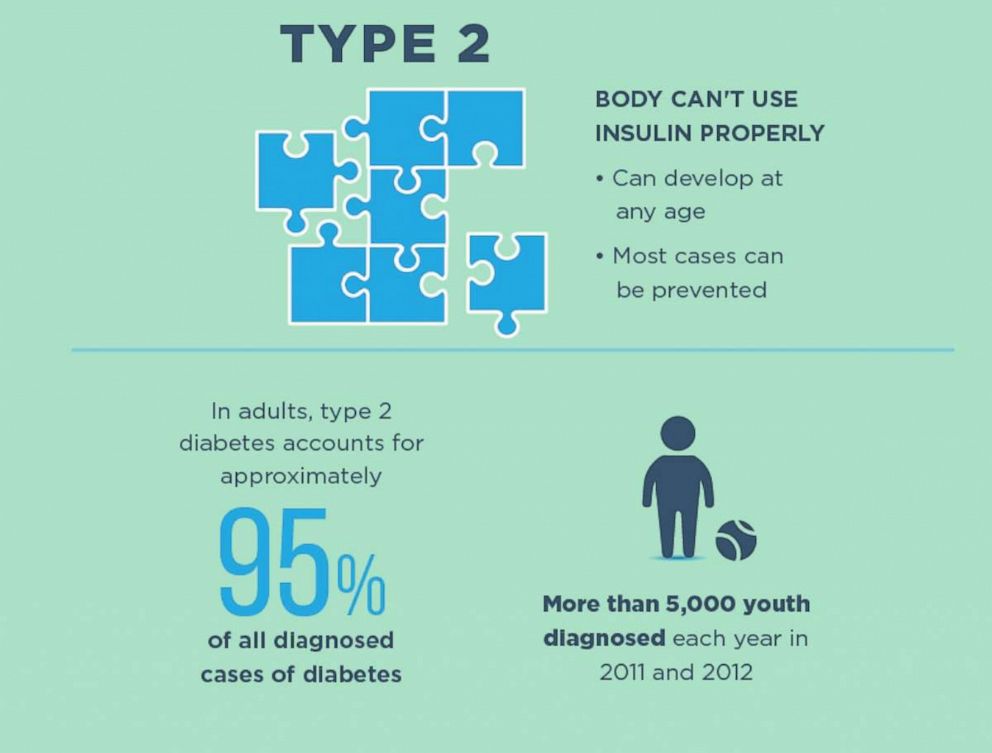Insulin Resistance. You might have heard this term before and wondered what it meant. Insulin resistance can lead to diabetes, and it is associated with high blood pressure, high cholesterol, and obesity. If you have any of these conditions you might have insulin resistance.
So, what is Insulin Resistance?
Insulin is like the key that unlocks the door so that blood sugar can move from our blood stream into our body’s cells. This keeps our blood sugar from getting too high, resulting in diabetes.
But, what if we have insulin, but it doesn’t work? It’s like something has gummed up the lock and the key can’t open the door to let the blood sugar move out of our blood stream. This is insulin resistance. We have insulin but something is resisting it and stopping it from working.
This is what happens in the early stages of type 2 diabetes, or prediabetes. Insulin resistance can be present for years before someone develops diabetes.
When insulin isn’t working well enough, our pancreas tries to make more insulin to get the job done. But, over time, our pancreas starts to wear out and can’t make enough insulin and our blood sugar goes up and we have type 2 diabetes.

Is there something we can do to help our insulin work better and prevent the pancreas from wearing out? YES!
Number 1 – Physical Activity – 30 minutes a day of moderate activity can reduce insulin resistance. This can be a brisk walk or bike ride, heavy housework like washing windows, vacuuming, mopping, yardwork like mowing the lawn or raking. You don’t have to do all 30 minutes at once. It can be spread out through the day.
Number 2 – Eat more Fiber and Less Fat – High fiber foods like vegetables, fruits, whole grains, beans, lentils and nuts can lower insulin resistance. High fat foods make insulin resistance worse, so aim for lean meat and fish and smaller portions of meat and dairy. The Mediterranean Diet is a good place to start.
Number 3 – Weight Loss – If you are overweight, you can improve insulin resistance by losing a few pounds. Physical activity and eating more fiber rich foods and fewer high fat foods help with weight loss.
Number 4 – Get a Good Night’s Sleep – Seven to eight hours of quality sleep at night helps reduce insulin resistance and does many other good things for your health, but that is for another day.
Simple lifestyle choices can make a world of difference for your health. It is an investment that will last a lifetime. Check out the Diabetes Prevention Program on the Tillamook County Wellness page for more information.
And, when we are able to resume group medical appointments, Adventist Health will resume the Lifestyle Medicine Program led by Dr. Ben Douglas. These group appointments help patients learn about healthy nutrition, physical activity and other lifestyle habits that keep us healthy and happy.
AUTHOR: Dr. Ben Douglas, Adventist Health Tillamook
For more local health and wellness information, follow Tillamook County Wellness on Facebook, Instagram and Twitter.

